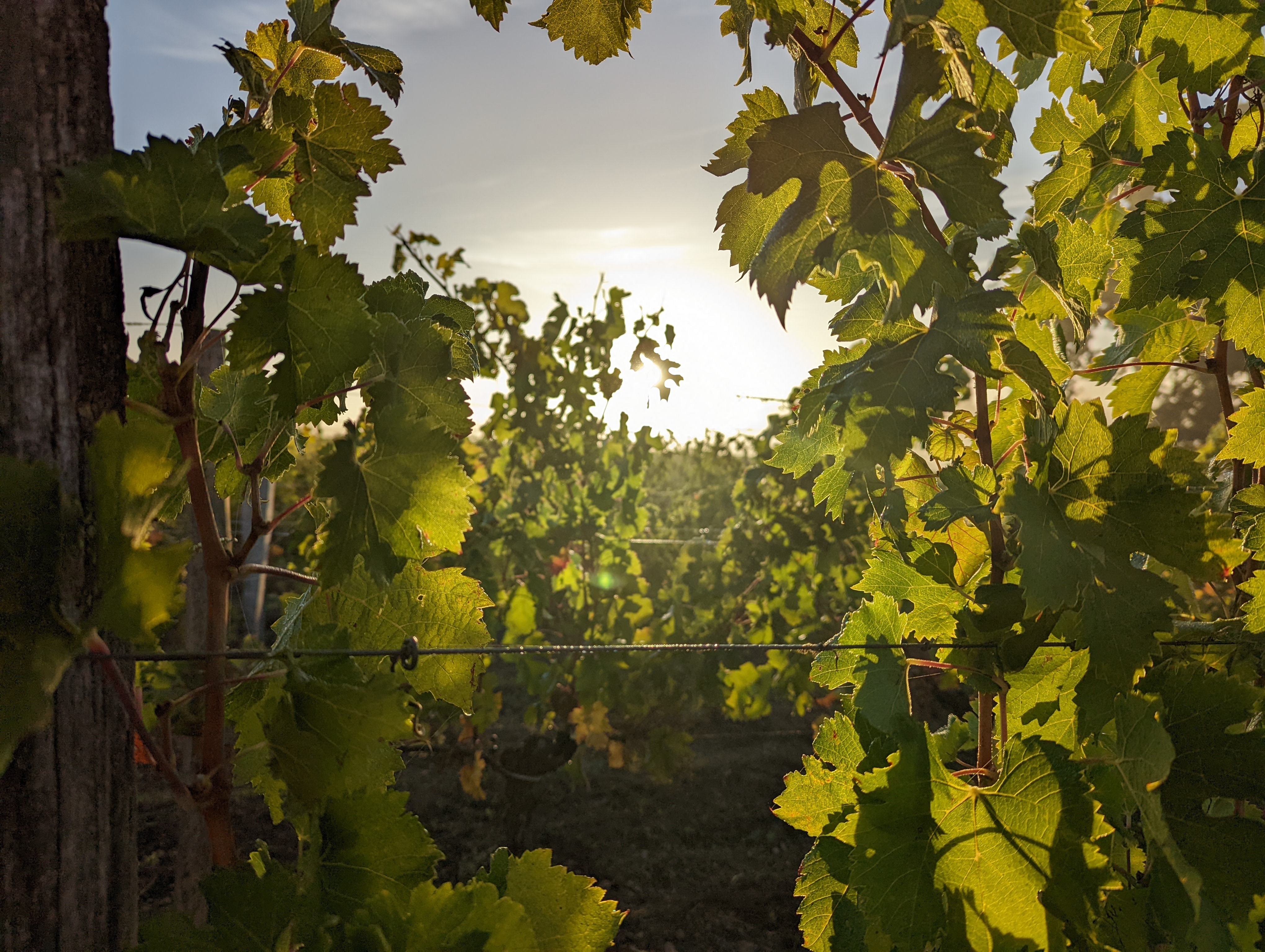A long weekend in Bordeaux: our recommendations
The ninth largest city in France, with a population of nearly 250,000, Bordeaux has undergone a number of transformations over the years. It has been a UNESCO World Heritage Site since 2007, a fact that has confirmed its international reputation. Renowned for its art of living, its gastronomy and its vineyards, it's undoubtedly one of the destinations you've planned to visit one day in your life - and that's a very good idea! We invite you to discover Bordeaux and the surrounding region over an extended weekend for a unique getaway combining history, gastronomy, culture and wine tourism.
Day 1: visit to the historic city center of Bordeaux
With more than 350 listed buildings covering almost half the city's surface area, Bordeaux offers visitors a classical and neoclassical architectural journey to the heart of the 18th century. You'll find a mix of the classical and the modern in a city on a human scale, where you can get around mainly on foot. The tramway will also be your best ally for discovering old Bordeaux. Spend your first day wandering through the heart of old Bordeaux and the pretty little streets of the Saint-Pierre district, and don't hesitate to look up to admire the buildings' facades, which are not short on detail. Of course, you'll need to stop off at the must-see sites and monuments, such as the Place de la Bourse and the world's largest water mirror, with its 3,450 m2 and 800 m3 underground reservoir.
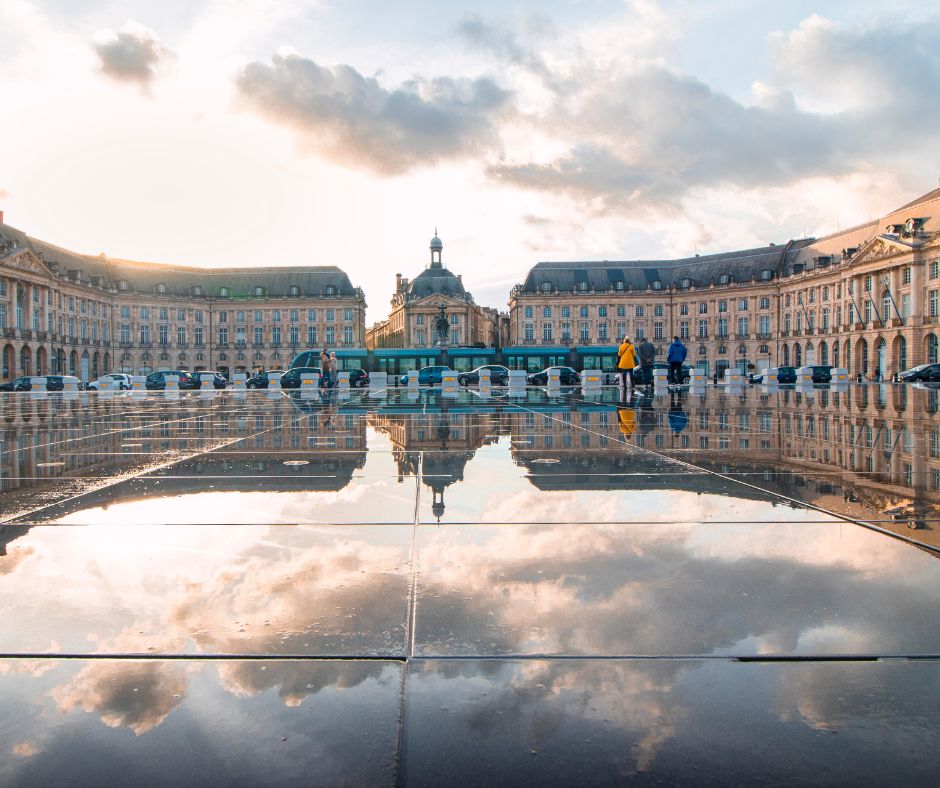
©Canva
The entire Place de la Bourse is perfectly reflected in the floor of the Miroir d'Eau, creating a splendid perspective for spectators. Magic works by day and by night, with ever-changing scenes depending on the time of day, the light and the weather.
You can also climb to the top of the Pey-Berland tower, which dates back to the 15th century and is in fact the bell tower of Saint-André cathedral. You'll need to climb the 229 steps to reach the top of the bell tower, which reaches a height of 50 metres, offering brave climbers an exceptional view of Bordeaux and its monuments.
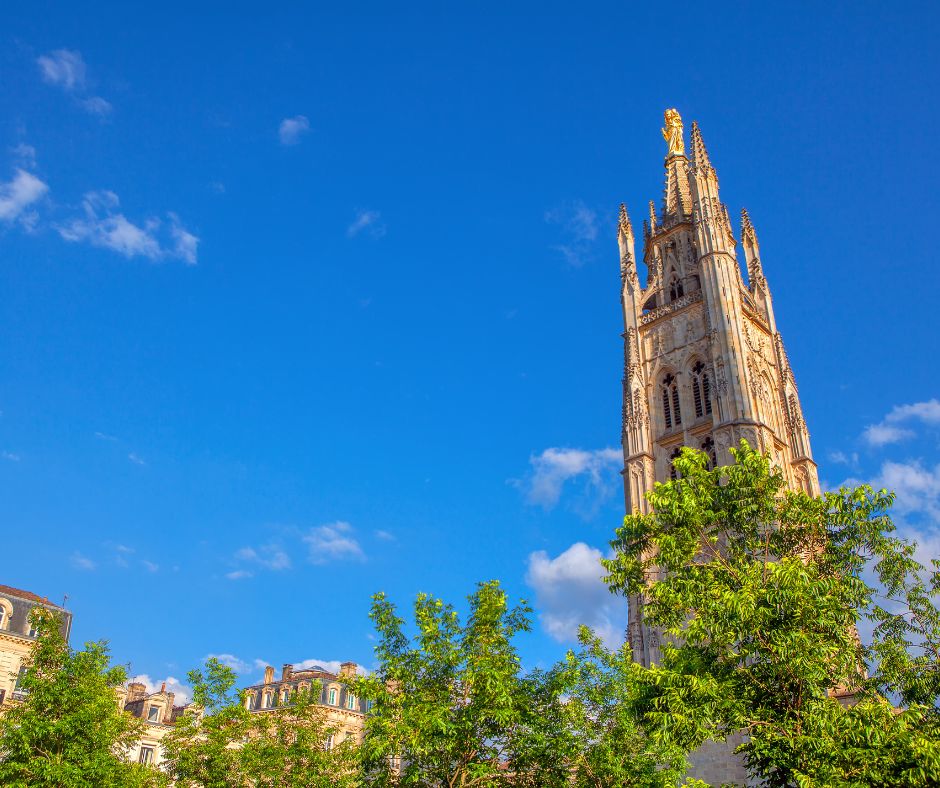
©Canva
Don't miss the Grand Théâtre de Bordeaux, one of the most beautiful 17th-century halls in the world! Built by the Parisian architect Victor Louis (1731-1800) and inaugurated in 1780, this temple to the performing arts was listed as a historic monument in 1899 and is now the home of the Opéra national de Bordeaux. The auditorium houses a circular dome, the ceiling of which was frescoed by Claude Robin in the 18th century. And let's not forget that the auditorium was home to the National Assembly at some of the most tragic moments in French history, notably in 1871.
Another must-see is the Grosse Cloche (big bell) in Saint James street. This monument is one of the remains of the old 13th-century defensive gate. Today, the bell, which weighs some 7,800 kg and was cast in 1775, sits atop the Porte Saint Eloi and is rung six times a year: on January 1st, May 8th, July 14th, August 28th to celebrate the Liberation of Bordeaux in 1944, November 11th and during the Fête de la Nature in the Saint Eloi district. Since June 2016, it has also rung every first Sunday of the month at midday.
And if you're a keen shopper, the narrow streets of old Bordeaux are full of boutiques, especially designer ones. For the big names, you'll find what you're looking for on rue Sainte-Catherine, which cuts through the city centre on a north-south axis. Completely pedestrianised since 1984, this shopping street links the Place de la Comédie (Grand Théâtre) to the Place de la Victoire and its Theimer column.
Day 2: Visit the new trendy districts
For this second day in Bordeaux, we invite you to discover a rehabilitated district of Bordeaux which is trendy. The contrast with the old town gives an idea of the metamorphosis that the capital of Gironde has undergone, reinventing itself through bold architectural projects.
Chartrons district
Once a Mecca for merchants, the Chartrons district, the emblematic district of the Port de la Lune, owes its name to a nearby convent of monks known as the Chartreux. In Rue Boirie, the Musée du Vin et du Negoce (Wine and Trade Museum) tells the story of the development of the city of Bordeaux and its international trading port, from antiquity to the 20th century.
The Chartrons district is located to the north of historic Bordeaux, and it too invites you to stroll through its narrow streets, where there is very little traffic. These include rue Notre-Dame and its many antique and second-hand shops. A village atmosphere reigns here, so don't hesitate to stop off for a coffee at the Halles des Chartrons to soak up the atmosphere... You'll find a certain peace and quiet in the narrow streets, ideal for strolling around and discovering trendy designer boutiques and delicatessens. Just a few metres away, the bustle of the rehabilitated quays along the Garonne river, attracting walkers, rollerbladers and cyclists, contrasts with the peace and quiet of the narrow streets. The quays are also home to France's largest outdoor skatepark. You'll also find the cruise ships that have replaced the merchant vessels. This is your chance to discover Bordeaux and the surrounding area from the water. These mini-cruises offer a unique view of the Port de la Lune and the estuary.
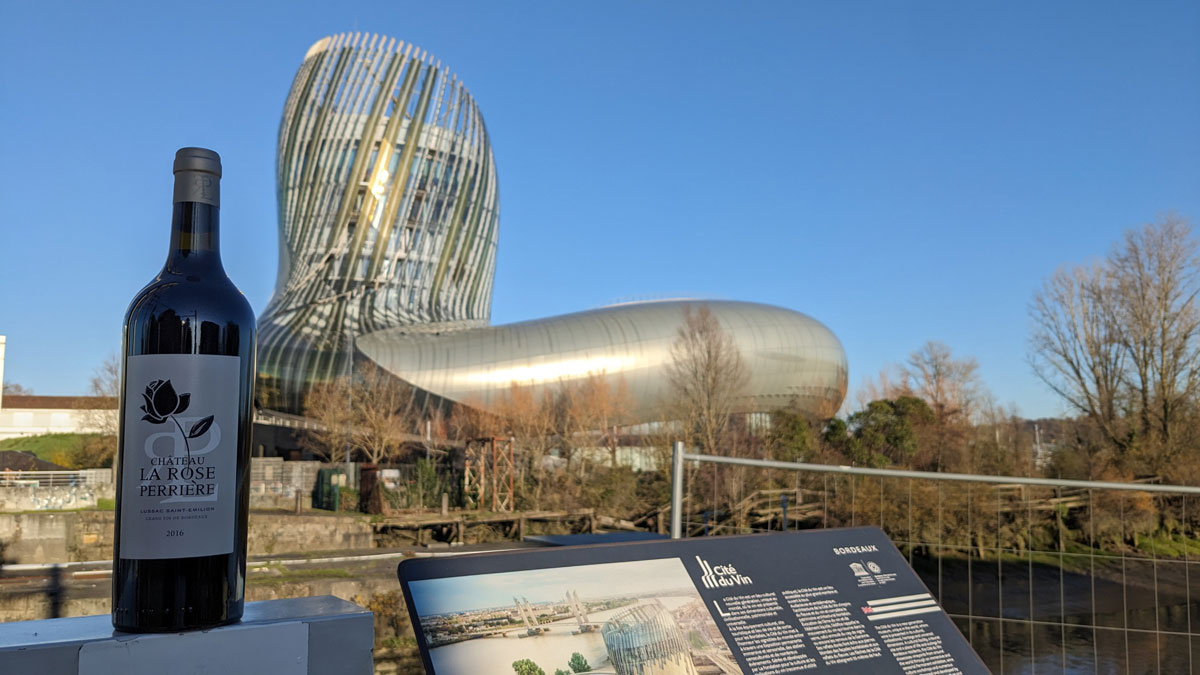
Just a little further north of the Chartrons district, don't miss the Bassins à Flots, where you can visit the Cité du Vin and the Bassins des Lumières. The Cité du Vin is THE museum for the wine lover in you. The bold architecture of the building is a must-see, but it's above all for the wealth of its temporary and permanent exhibitions, which reveal the richness and diversity of the world's wine industry, that the museum was ranked 7th among the best museums in the world by National Geographic!
The Bassins des lumières, located in the former Bordeaux submarine base, is the largest digital art centre in the world. Here you and your family can discover monumental immersive digital exhibitions dedicated to the great artists of art history and contemporary creation.
Darwin : an alternative venue on the right bank
If you have a little time left, and why not end the day with a drink, cross the Garonne on the Chaban-Delmas bridge (illuminated according to the tides) to get to the right bank. Head for Darwin écosystème, in the Bastide district, an alternative space created from the renovation of an old disused barracks. Here, graffiti is king and street art a religion, as the large frescoes on the outside walls betray. Take a gourmet break at the Magasin Général, Europe's largest organic bistro-refectory. This unique venue, which includes an urban farm, a business incubator, coworking spaces, bicycle repair workshops, a roller-derby club and pitch, conference rooms, permaculture urban vegetable gardens and regular events (festivals, conferences, concerts, parties, exhibitions, screenings, sports competitions), is set to become the most visited place in Bordeaux... there's always something going on at Darwin!
To plan your visit of Bordeaux :
www.bordeaux-tourisme.com
https://darwin.camp
www.bassins-lumieres.com
Day 3 : Saint-Emilion and its vineyards
On your third day in the Bordeaux region, set off to discover the wine-growing region of Saint-Émilion, a UNESCO World Heritage site famous for its vineyards and charming medieval town. You can hire a car in Bordeaux and drive there, or book a day-long guided tour with one of the many service providers recommended by the Bordeaux Tourist Office.
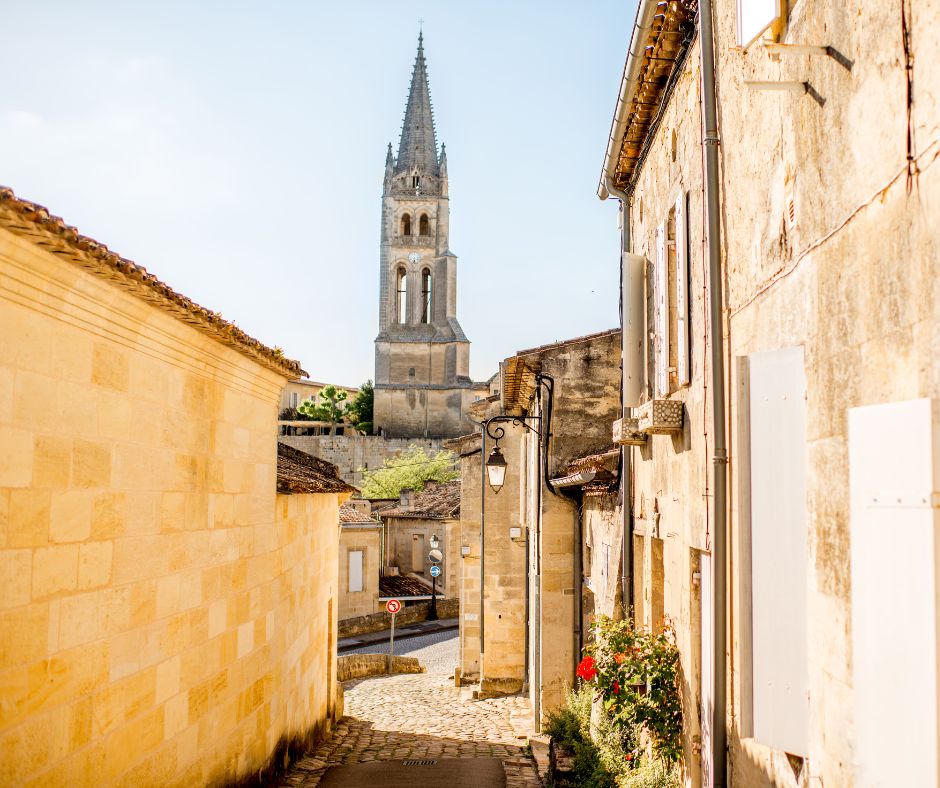
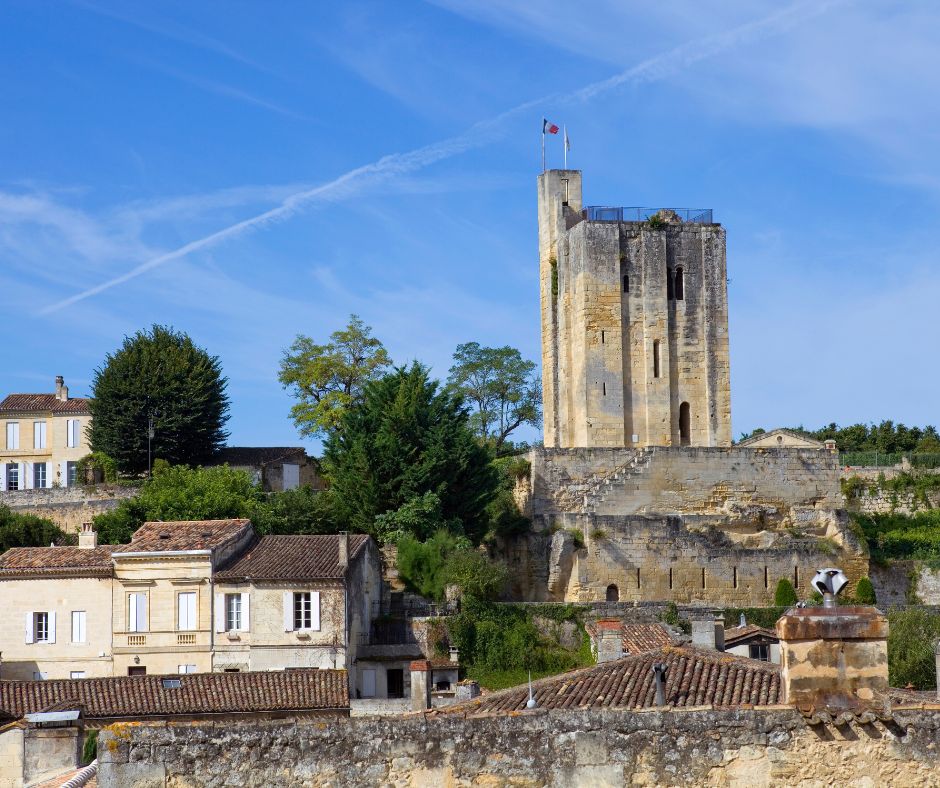
Located around fifty kilometres from Bordeaux, the village of Saint-Emilion has a unique charm that is recognised the world over, as it combines 2,000 years of history and traditions of men and vines. Stroll along the cobbled streets and admire the historic monuments and religious buildings. Visit the impressive monolithic church carved out of the rock.
Then take the afternoon to visit one of the region's prestigious châteaux in the Saint-Emilion appellation and its satellites. There's no shortage of choice! Not sure which property to visit? Find out which châteaux are featured each day on the Saint-Emilion Tourist Office website in the ‘Châteaux of the day’ section. This could also be the perfect opportunity to pay us a visit! Château La Rose Perrière is just a 15-minute drive from the medieval town. Take one of our wine tours, and if you have a little time to spare, opt for an exclusive tour: from the making of a barrel in the cooperage to the vinification of our wines, you'll find out all about it and have the privilege of tasting our cuvée Collection.
Consult the following sites to organise your day in the heart of the Saint-Émilion vineyards :
www.saint-emilion-tourisme.com
www.vins-saint-emilion.com
Day 4 : The Médoc wine route

©Canva
On this fourth day, we head for the Médoc and its 100km-long wine route to the north-west of Bordeaux. It stretches from Blanquefort, on the edge of the Bordeaux conurbation, to Saint-Vivien-de-Médoc, near the Pointe de Grave. The Médoc's unique landscape is made up of the Atlantic Ocean, the Gironde estuary, pine forests, châteaux and vineyards. When you think of the Médoc region, you'll probably think of exceptional wines such as the grands crus classés of Pauillac, Margaux, Saint-Estèphe and Saint-Julien. A host of exceptional appellations await you, including 60 Grands Crus classés from 1855. You'll have to make a tough choice when it comes to scheduling your visits to the wine estates, and booking is strongly recommended here too. Plan between 2 and 4 visits to the châteaux maximum, to get the most out of each experience and depending on the desired pace of your visit.
Pass through the famous town of Margaux, which is ideal for a lunch break before continuing your wine experience. If you still have some time left at the end of the day, head to Lacanau, nicknamed the ‘Mecca of surfing’, to soak up the ocean spray before returning to Bordeaux.
To plan your day in the Médoc area :
www.medoc-bordeaux.com
www.medoc-atlantique.com
4 days…or more
These four days will give you an overview of the Bordeaux art of living and the attractions of our beautiful region. If you can extend your stay, you can of course take the time to visit other wine properties, to enjoy a little more of the cultural life of Bordeaux or to explore part of the Sauternes vineyards south of Bordeaux for a day away. We strongly advise you to book in advance for tours of the vineyards, wine tastings or œnological workshops and to visit the monolithic church of Saint-Emilion in order to guarantee the feasibility of your program.
